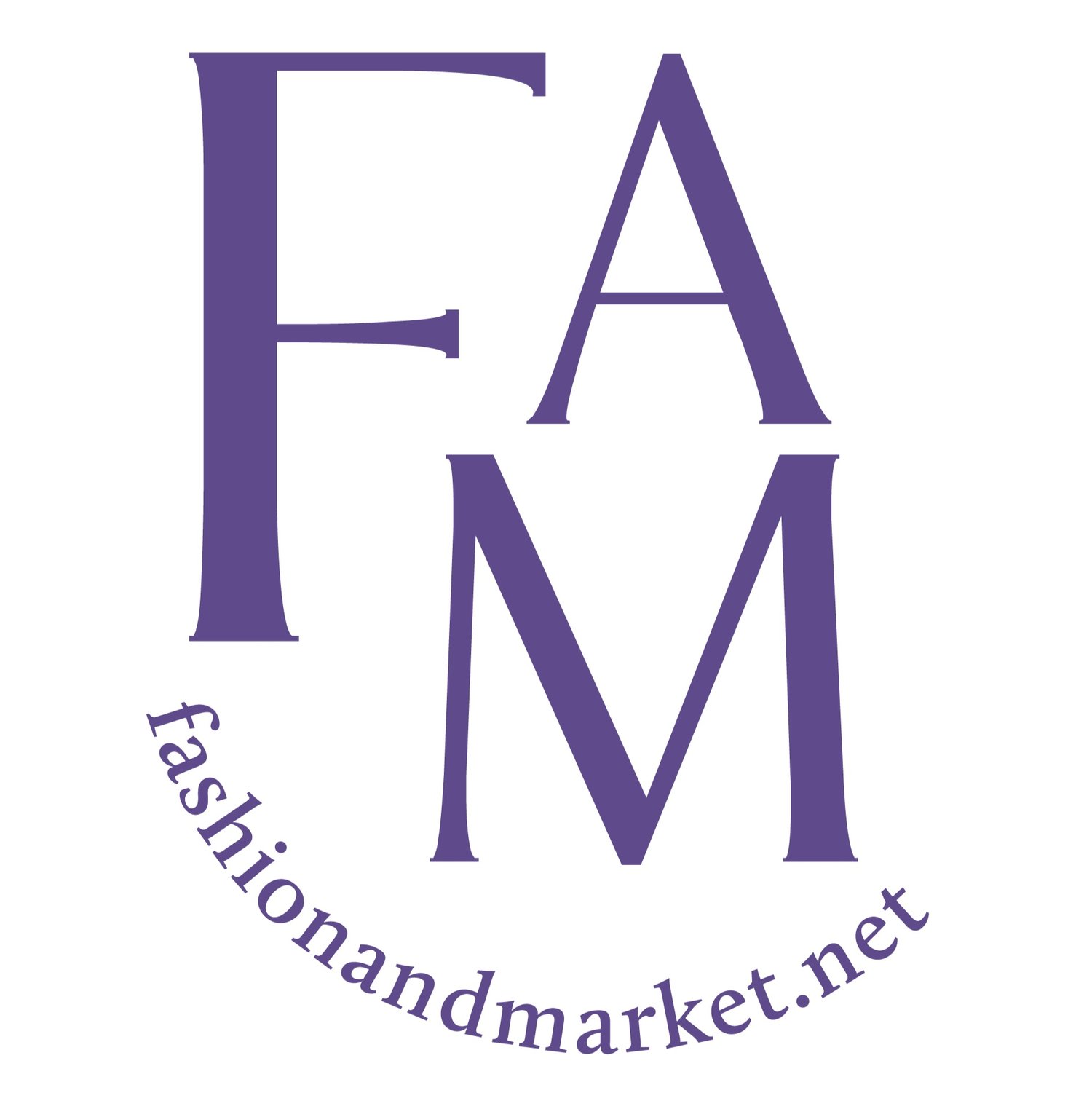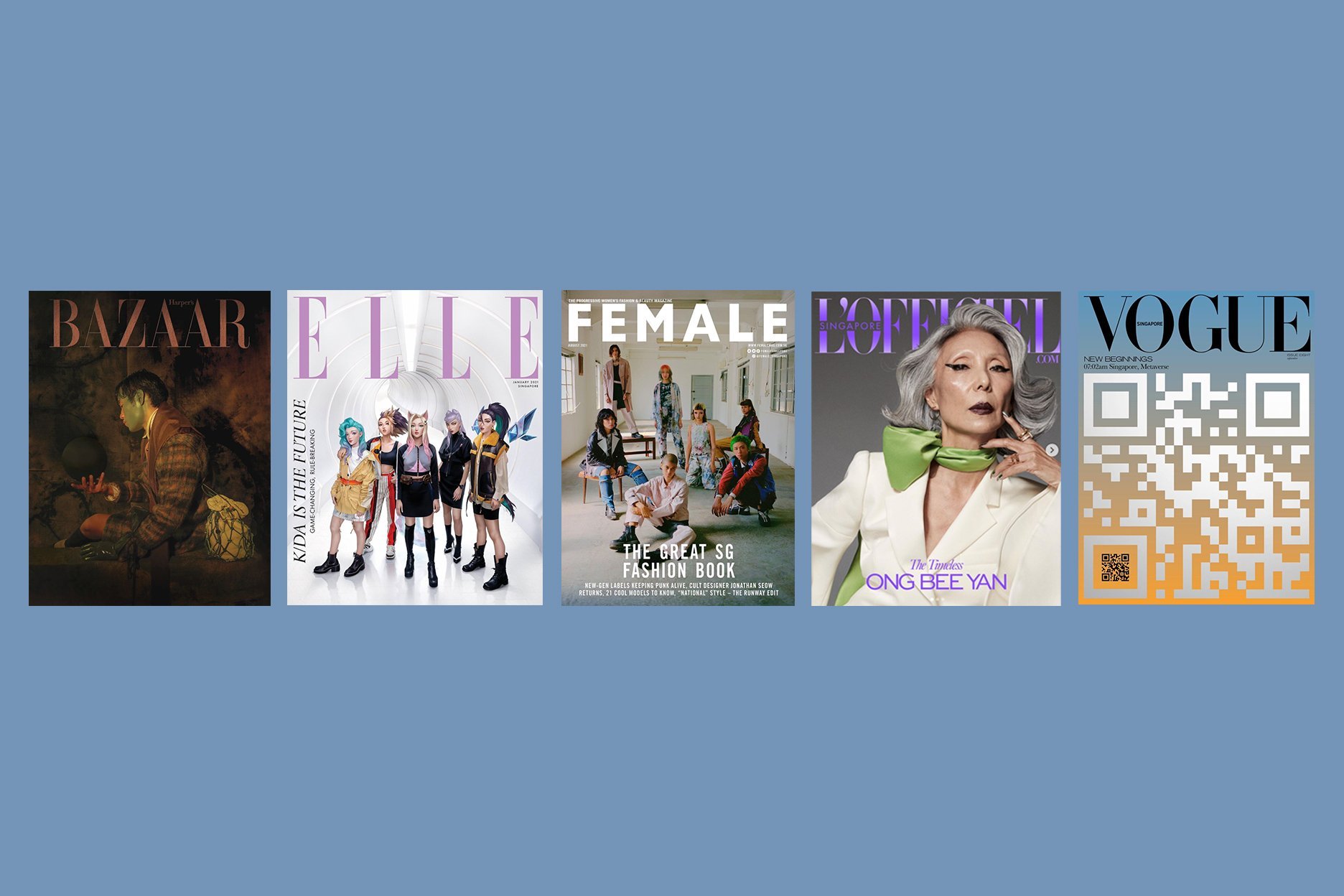The Clean Beauty Debate in Southeast Asia
ASEAN Cosmetic Derivative, Two Halves, Dr. Rachel Ho and more
By Rohaizatul Azhar
Singapore plant-based skincare Two-Halves is consciously formulated, vegan-friendly and cruelty-free. Image courtesy of Two Halves.
From rejuvenating the skin to pore minimising and from removing fine lines to delaying signs of aging, we have come to expect a lot from our beauty products. And with conscious consumerism being the de rigeur these days, many are also expecting these same products to not have ingredients that are harmful or toxic to the body.
Enter the “clean beauty” movement, a once-niche category within the beauty industry that has, in the last few years, become one of the key sectors in the market today.
According to a recent report by Brandessence Market Research, the market for “clean beauty” products is growing at 12.07% from 2020, and expected to be valued at USD11.6 billion by 2027. The rise of the movement is not unexpected as Millennial and Gen Z consumers, which make up a large percentage of beauty consumers, are showing more interest in sustainability. They are also willing to vote with their wallets, thus incentivising more brands to not only find ways to minimise their impact on the environment, but also formulate products that boast clean ingredients.
Yet, despite its growing popularity, there is no industry standard to define what “clean beauty” actually means. The definition, depending on who you speak to, seems to vary and is constantly changing.”If online search results on what clean beauty entails were anything to go by, the term refers to any product that is ethically sourced and manufactured without any toxic ingredients.
“Yet, despite its growing popularity, there is no industry standard to define what “clean beauty” actually means. The definition, depending on who you speak to, seems to vary and is constantly changing.”
And therein lies the problem.
Currently, only 11 ingredients are banned by the US Food and Drugs Association (FDA), while more than 1,000 are banned in Europe. The ASEAN Cosmetic Directive, in contrast, lists some 1,384 substances which must not form part of the composition of cosmetic products. These include commonly used ingredients such as paraben, petroleum, sulfates, and aluminium.
However, brands are technically not required to have approval before going to market, meaning cosmetics and skincare products could be packed with ingredients that may be harmful. And because the beauty industry is also one that is self-regulated, there is no one organisation that can confirm or disprove a brand’s clean beauty claims.
This lack of uniformity, says Alissa Sasso, manager for Consumer Health at New York-based Environmental Defense Fund (EDF), can create the “potential for greenwashing”, and that “consumers are scrutinising whether these companies are operating on baseless marketing claims”.
Plus, the proliferation of the term may give the impression that skincare and cosmetic products labeled as such are much safer and “cleaner” than others, which is not necessarily true.
Singapore aesthetics doctor Dr Rachel Ho warns that the term creates the misimpression that there are beauty products that contain toxic or dirty ingredients. “This preys on our natural instinct to want to protect ourselves from the possible dangers of ‘toxic’ or ‘dirty’ products”, she says.
Dr Ho, who also blogs about skincare and beauty treatments on her own website, adds that the absence of certain feared ingredients and the addition of “natural” or “clean” ingredients, such as plant extracts, do not make it safer. In fact, the removal of anti-microbial and preservatives such as parabens and formaldehyde releasers can cause bacterial and fungal contamination as well as degradation of the product.
Still, the shift in industry standards as well as demands from younger consumers who are conscious of environmental damage, has made clean beauty the new default, especially in the region.
A recent Euromonitor International report on clean beauty shows that demands for products without parabens or sulphate have increased by approximately 2.7% from the previous year in ASEAN countries like Indonesia, Singapore and Thailand.
Beauty retail giant Sephora launched Clean @ Sephora in April. Screenshot taken by writer from Sephora.sg.
Sephora has also jumped on the bandwagon. While the American platform has carried clean beauty products since 2018, the multi-label beauty retail giant introduced its Clean @ Sephora category across all its Southeast Asian platforms in April this year. Initially offering skincare products, the category has gradually expanded to include makeup and hair products as well.
With customers becoming more conscious of the beauty they buy into, Sephora notes in a statement about the category that it is a helpful way to “demystify beauty choices and provide consumers with a new segment of beauty”.
This fast-growing segment in the region has led to a bevy of newly launched skincare brands that are, from the get-go, creating products with a conscience so as to get a slice of the pie. The premise is simple: to be safe and natural, using non-harmful ingredients that are fairly sourced, ethically manufactured, and cruelty-free.
Delicat is among at least six up-and-coming skincare brands in Thailand that were launched this year alone. Screenshot of product taken by writer from Delicat.
For instance, Thai skincare brand Delicat, makes use of certified organic ingredients extracted from plants in the production of their products. Founded by two couples who, as frequent travellers found their sensitive skin often faced problems caused by environmental aggressors, the five-product skincare line targets those with sensitive skin, eczema and extremely dry skin.
Delicat is among at least six up-and-coming skincare brands in Thailand that were launched this year alone. Among those is the plant-based and cruelty free brand Skin Syrup, whose full range of products are formulated with active ingredients that are 100% natural extracts such as honey, tamarind, and turmeric.
Pili Oil, a rare nutrient-rich oil for the skin, is extracted from the fruit. Screenshot taken by writer from Pili Ani.
Then, there is Pili Ani from the Philippines. Founded by Filipino organic farming pioneer Rosalina Tan together with her daughter Mary Jane, the product line is formulated from pili and elemi oil, which are extracted from the pili tree growing only in the Bicol region of the Philippines. According to Tan, pili oil is rich in antioxidants, fatty acids and vitamin E which help rejuvenate, reinvigorate and revitalize and was also scientifically proven to be more hydrating than well-known argan, rosehip or Abyssinian oils.
The search for products that come from natural sources free from harmful ingredients was also what prompted Singaporepean mother-daughter duo, Ashely and Jo Young, to create Two Halves Skincare. The plant-based skincare line, comprising the Better Balance Soothing Hydration Essence and Better Balance Nutrients Networking Water cream, promises to be easily integrated into one’s established skincare regimen.
Two Halves is just the latest of the many Singapore brands that have mushroomed in the “clean beauty” space in the last few years. They include Glowfully, whose products specialise in creating spa-like feels with essential oils and unique jelly-like textures, as well as Sigi Skin, a skincare line that is manufactured with clean superfoods.
With so many products in the market, the clean beauty movement is definitely one that will not be going away anytime soon. However, despite the possible benefits, the lack of uniformity and standard regulations have caused medical professionals to caution against being too extreme.
“The onus is then on the consumers to not rely on buzzwords such as “non-toxic”, “chemical-free”, or “natural”. Instead, one should question and ascertain the credibility of such claims from brands that market themselves to be “clean”.”
The onus is then on the consumers to not rely on buzzwords such as “non-toxic”, “chemical-free”, or “natural”. Instead, one should question and ascertain the credibility of such claims from brands that market themselves to be “clean”. Furthermore, brands occupying the space within the retail industry could also make clear their definition of clean beauty. Instead of fear-mongering, they could provide clear explanations on the ingredients used and why they are used.
Still, as Dr Ho puts it, there is no need to avoid all non-natural ingredients, such as paraben, unless you have allergies to them. “Otherwise, at the concentrations used in beauty products, they are unlikely to cause harm to users,” she says.














